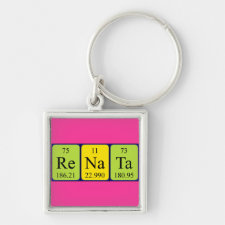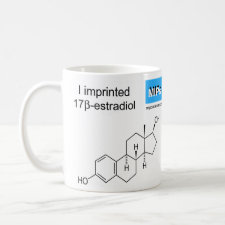
Authors: Sadowski R, Gadzala-Kopciuch R
Article Title: Isolation and determination of estrogens in water samples by solid-phase extraction using molecularly imprinted polymers and HPLC.
Publication date: 2013
Journal: Journal of Separation Science
Volume: 36
Issue: (14)
Page numbers: 2299-2305.
DOI: 10.1002/jssc.201300366
Abstract: Advanced SPE with molecularly imprinted polymers (MIP) was used in this study. A noncovalent imprinting approach was applied to separate 17β-estradiol, estriol, and estrone from water samples. Polymer material was prepared by bulk polymerization with methacrylic acid as a functional monomer, divinylbenzene and ethyleneglycol dimethacrylate as crosslinkers, and acetonitrile, acetonitrile/toluene (3:1, v/v) or isooctane/toluene (1:99, v/v) as a porogen. We also prepared an MIP film on a silica gel surface with methacrylic acid and ethyleneglycol dimethacrylate as monomers and acetonitrile as a solvent. Qualitative and quantitative hormone analyses were carried out by HPLC with various detection techniques, including UV/visible spectroscopic detection (diode array detection) and electrochemical detection (CoulArray). The results of the study indicate that MIP technology is an excellent method for the quality control of estrogens in environmental analyses with a low quantification limit for 17β-estradiol of around 26 (diode array detection) and 0.25 ng/mL (electrochemical detection). The proposed method was found to be suitable for routine determinations of the analyzed compound in environmental laboratories
Template and target information: 17β-estradiol, estriol, estrone, estrogens
Author keywords: Electrochemical detector, estrogens, high performance liquid chromatography, molecularly imprinted solid-phase extraction



Join the Society for Molecular Imprinting

New items RSS feed
Sign-up for e-mail updates:
Choose between receiving an occasional newsletter or more frequent e-mail alerts.
Click here to go to the sign-up page.
Is your name elemental or peptidic? Enter your name and find out by clicking either of the buttons below!
Other products you may like:
 MIPdatabase
MIPdatabase









